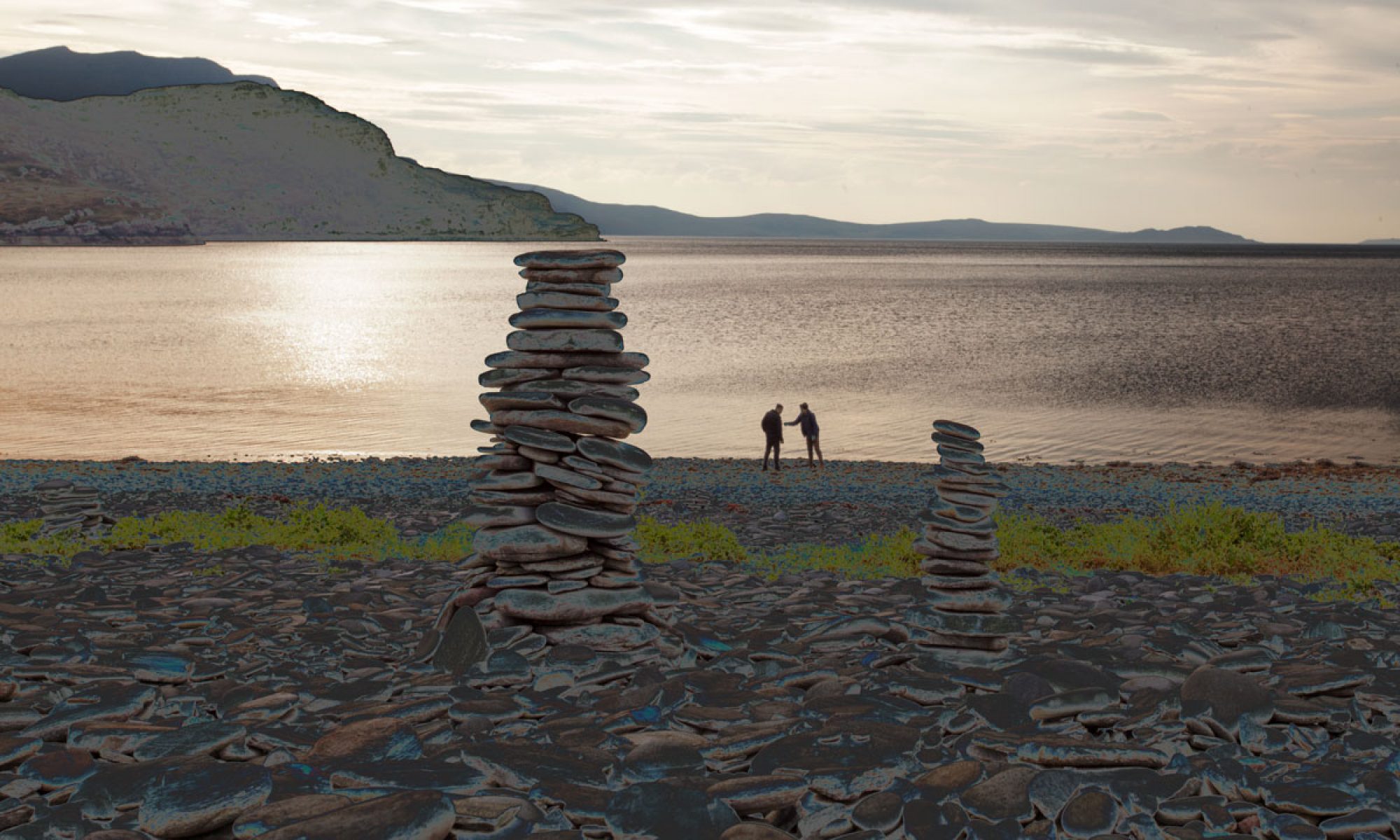A philosophical meditation on perpetual conflict, served with a side of existential dread
Welcome, dear visitors, to another delightful exploration of humanity’s greatest talent: turning simple disagreements into multi-generational blood feuds. Today’s case study? The Middle East – where “it’s complicated” became an understatement roughly 4,000 years ago.
A Brief History of “Who Started It?”
Picture this: You’re a philosopher in ancient Mesopotamia, sipping your morning barley beer, when suddenly everyone around you decides that their invisible sky friend is better than your invisible sky friend. Fast forward a few millennia, and we’re still having the same conversation – just with better weapons and satellite TV coverage.
The Babylonians, Assyrians, Persians, Greeks, Romans, Ottomans, and various European powers all took their turns playing “King of the Hill” in this region. Each empire convinced they had the ultimate solution, each leaving behind a delightful mess for the next guy to sort out. It’s like a cosmic game of hot potato, except the potato is on fire and everyone’s wearing gasoline gloves.
Philosophy Meets Reality (Spoiler: Reality Wins)
Here’s where it gets philosophically fascinating – and by fascinating, I mean soul-crushingly predictable. Every major philosophical tradition has weighed in on conflict resolution:
- Aristotle said virtue lies in the golden mean between extremes
- Kant insisted we should act only according to principles we’d want universalized
- Mill argued for the greatest good for the greatest number
- Buddha taught that attachment leads to suffering
Yet somehow, in a region that literally birthed these wisdom traditions, we’ve managed to create a perpetual motion machine of grievance. It’s almost impressive, really – like watching someone solve a Rubik’s cube by repeatedly hitting it with a hammer.
The Continuation
And so the dance continues. Each generation inherits the previous one’s unfinished arguments, adds their own creative interpretations, and passes the whole beautiful disaster down to their children. It’s tradition! It’s heritage! It’s… exhausting.
We’ve got peace treaties signed with invisible ink, ceasefires that last about as long as a TikTok video, and enough UN resolutions to wallpaper the entire region. Yet here we are, still asking the same questions our ancestors carved into clay tablets: “Why can’t we all just get along?” and “Whose turn is it to be outraged today?”
The Beat Goes On
In the immortal spirit of a certain Purple One, who knew a thing or two about battles and purple rain:
“In this life, you’re on your own
And if the elevator tries to bring you down
Go crazy – punch a higher floor
‘Cause we could all use a little purple rain
To wash away the pain of yesterday’s refrain”
P.S. – At QuiniV, we automate workflows, not ancient grudges. Though if anyone figures out how to script world peace, we’re definitely interested in that GitHub repo.





 https://cheapsslsecurity.com/p/the-advantages-of-http2/
https://cheapsslsecurity.com/p/the-advantages-of-http2/




